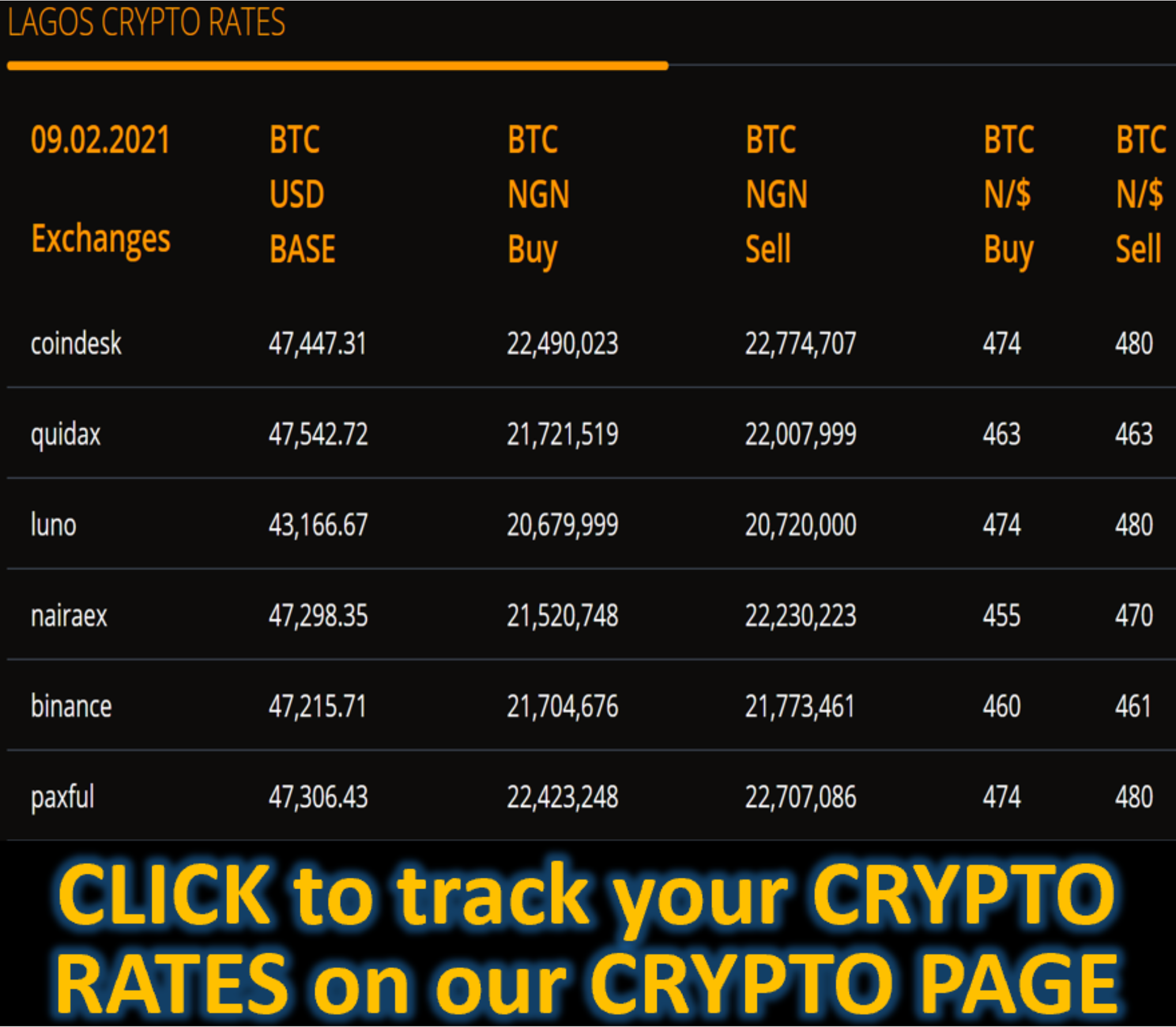Market News
Traders Burned by August Crash Keep Betting on Japan Stocks -
(Bloomberg) — A year after an epic rebound in the yen upended currency trading and sent shares tumbling from Tokyo to New York, Japan’s stock market has found firmer footing.
It’s taken two major routs and a significant unwinding of the carry trade strategy, used by global investors to borrow heavily in the relatively low-yielding yen to buy other currencies offering higher returns.
But twelve months on from Aug. 5, 2024, when Japan’s stock benchmarks plummeted 12% and the market lost over $670 billion in value following an unexpected rate hike by the Bank of Japan (8301.T), the broader Topix Index is once again hovering near record highs.
Read: Japan’s Topix Sets Record High as Trump Deals Ease Tariff Fears
And while this summer’s share climb bears some technical similarities to last July’s ill-fated rise, a combination of clearer BOJ messaging, steady corporate reforms and a better-than-feared US tariff deal has market participants betting against a repeat of the 2024 crash.
“It looks like a lot more stable of an environment for the market to go higher,” said analyst Pelham Smithers, who runs an eponymous Japan equity research firm in the UK. “I think there’s room for further rate hikes, which it hasn’t felt like before.”

The yen is still keeping investors on their toes — the currency gained 2% against the dollar on Friday following disappointing US employment data.
But the yen’s choppiness over the past four weeks is tame compared to its 10% surge over the same period in 2024. And stocks’ Monday decline was mild in contrast to their August 2024 collapse, which was also accelerated by weak US jobs data.
The yen was trading at around 147.2 to the dollar at 3:40 p.m. in Tokyo on Tuesday. The Nikkei and Topix rebounded to close around 0.7% up.
The relative calm is evidence that investors are finally settling into the new reality of higher Japanese interest rates, said Anna Wu, a cross-asset strategist at investment management firm VanEck in Sydney.
“The market has come to a realization that yes, the BOJ will be hiking, but the differentials between the yen and trading pairs, as well as Japan interest rates versus the Fed’s rates, are still meaningfully high,” Wu said. That makes another sharp carry trade unwind unlikely, she added.
The newfound acceptance is largely thanks to an improvement in communication by the BOJ, Wu said. Its 15 basis point hike last July caught markets off-guard, sending the yen soaring and global investors rushing to offload carry trade positions.

The central bank has since updated its messaging style, ensuring at least one of its board members delivers a scheduled speech and holds a press conference ahead of each policy meeting.
For instance, 10 days ahead of its most recent hike in January, BOJ Deputy Governor Ryozo Himino gave an unusually explicit hint of a raise, with Governor Kazuo Ueda later backing up the message. The result was telling. Although the quarter percentage point hike to 0.5% was the bank’s largest in 18 years, markets were well prepared, and stocks gained in the following week, helped by a rally in banking shares.
“The BOJ’s decision to raise rates again in January, despite last summer’s turmoil, made it clear that the rate hike path will continue,” said Masayuki Koguchi, executive chief fund manager at Mitsubishi UFJ Asset Management. “It’s become easier to envision future rate hike scenarios,” he said.
Read: BOJ’s Ueda Tempers Near-Term Hike Expectations After Rate Hold

Plus, having bounced back from last summer’s meltdown and a tariff-fueled rout in April, Japan’s equities now look more resilient against potential shocks, analyst Smithers said.
“We got out a bit of hot money with the two flash crashes,” he said. “The people in the market right now are the ones who believe in Japan.”
A large chunk of those “believers” are foreign investors, drawn to Japan’s shares by a record level of corporate share buybacks and hopes that governance reforms will unlock long-term value for shareholders.
“Governance reforms and shareholder returns, far from peaking, are scaling new heights,” said Sunny Romo, an investment director of Japanese equities at M&G Investments. That signals room for Japan’s stocks to climb higher, especially as global investors look to diversify outside the US, she added.
Domestic market watchers see potential for more upside, too. Expectations that Japan’s ruling parties may give in to opposition calls for consumption tax cuts after a recent election setback are fueling hopes of a boost for retail and other domestic-oriented sectors.

Read: Japan’s Ishiba Stays Defiant Amid Stepped Up Calls to Resign
“The market is in a different place now than it was a year ago,” said Kazuhiro Sasaki, head of research at Phillip Securities Japan Ltd. “Investors have things to look forward to, especially in domestic demand-driven stocks, if the government pursues fiscal expansion.”
Optimism is shared by strategists at Goldman Sachs Japan Co. (GS) and Bank of America Securities Co. (BAC) who have hiked their forecasts for the Topix and Nikkei (^N225) in recent weeks, citing hopes that US tariffs won’t derail Japan’s economy as much as feared due to a truce limiting levies to 15%.
However, the trajectory of Japanese equities still hinges on the yen’s stability, and in a world of tariff-driven market swings, that’s no small caveat.
Lingering trade worries and uncertainty around Prime Minister Shigeru Ishiba’s fate could still boost safe-haven demand for the yen, stoking volatility, said Klaus Wobbe, CEO of Intalcon Asset Management.
“I think the yen could strengthen again to below 140, especially if the Fed cuts in the fourth quarter and the BOJ tightens,” said Wobbe. “That would be an indicator that the true unwind is underway. 140 is the last line of defense.”
—With assistance from Toru Fujioka and Masahiro Hidaka.
(Updates with Tuesday’s yen, stock moves)









